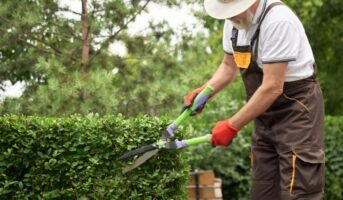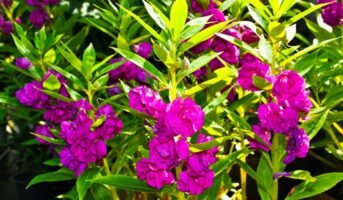Unleash the beauty and elegance of the Camellia flower, known for its stunning blooms and rich history. From its historical roots in east Asia to its modern-day popularity as a prized ornamental plant, the Camellia has captured the hearts of many. Discover the wonders of this stunning flower, from its delicate petals to its enduring symbolism in this article.
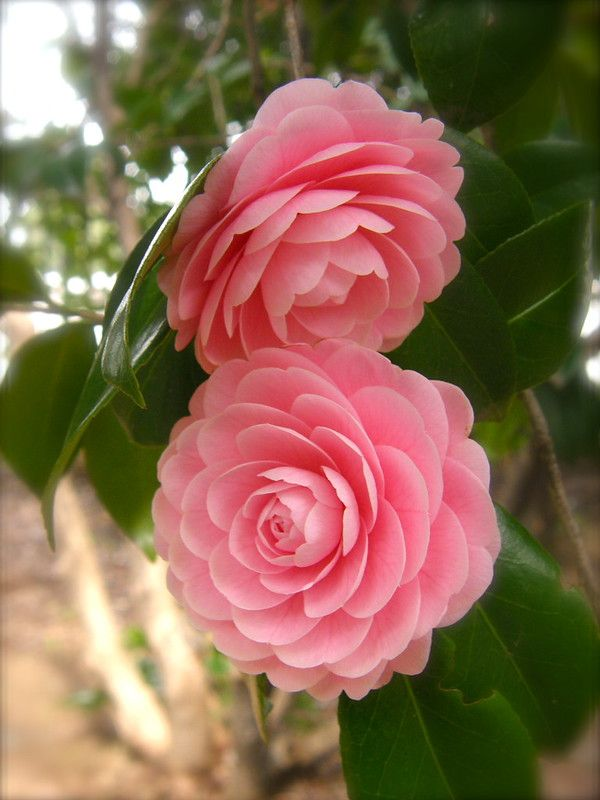
Source: Pinterest
See also: Zinnia: Know tips to grow and care
Camellia flower: Quick facts
| Name | Camellia |
| Kingdom | Plantae |
| Family | Theaceae |
| Genus | Camellia |
| Native to | Eastern and Southern Asia |
| Common colours | Red, pink, white, and yellow |
| Bloom season | Late winter to early spring |
| Flower size | 1.5 to 5 inches in diameter |
| Popular varieties | Camellia japonica, Camellia sasanqua, Camellia reticulata |
| Symbolism | Love, affection, admiration, gratitude |
| Uses | Ornamental plant, tea production (Camellia sinensis) |
| Interesting fact | Camellia sinensis is the plant used to produce both black and green tea. |
Camellia flower: Physical description
The Camellia flower is a large, eye-catching bloom with several distinctive features:
- Shape: The flower is typically cup-shaped, with a diameter ranging from 2 to 5 inches.
- Petals: The petals are soft and velvety and can be smooth or slightly ruffled. They come in various colours, including white, pink, red, yellow, and rose.
- Stamens: The stamens are the male reproductive organs of the flower and are often bright yellow or red.
- Leaves: Camellia leaves are glossy, dark green, and elliptical in shape. They are evergreen and remain on the plant all year round.
- Size: The Camellia plant can grow up to 20 feet tall, but there are also many dwarf varieties available for smaller gardens.
- Bloom time: Depending on the variety, Camellias can bloom anytime from late autumn to early spring.
- Fragrance: Some Camellia varieties have a sweet, light fragrance, while others are unscented.
Camellia flower: How to grow?
Growing Camellia flowers requires proper care and attention to detail. Here are the steps to grow Camellia flowers:
- Choose a suitable location: Camellia plants prefer partial to full shade and well-draining soil with a slightly acidic pH between 5.5 and 6.5.
- Purchase a healthy plant: Look for a Camellia plant with green leaves and well-established roots.
- Plant in the right soil: Camellia plants prefer well-draining, acidic soil that stays consistently moist but not waterlogged. You can add compost or peat moss to the soil to improve its structure and acidity.
- Water your Camellia regularly: Keep the soil consistently moist, but not waterlogged. Do not allow the soil to dry out completely.
- Fertilise: Fertilise your Camellia plant with an acid-based fertiliser in early spring and again in mid-summer.
- Prune: Prune your Camellia plant after flowering to maintain its shape and encourage healthy growth.
- Provide proper air circulation: Make sure your Camellia plant has good air circulation to prevent the growth of mould and disease.
Camellia flower: How to care?
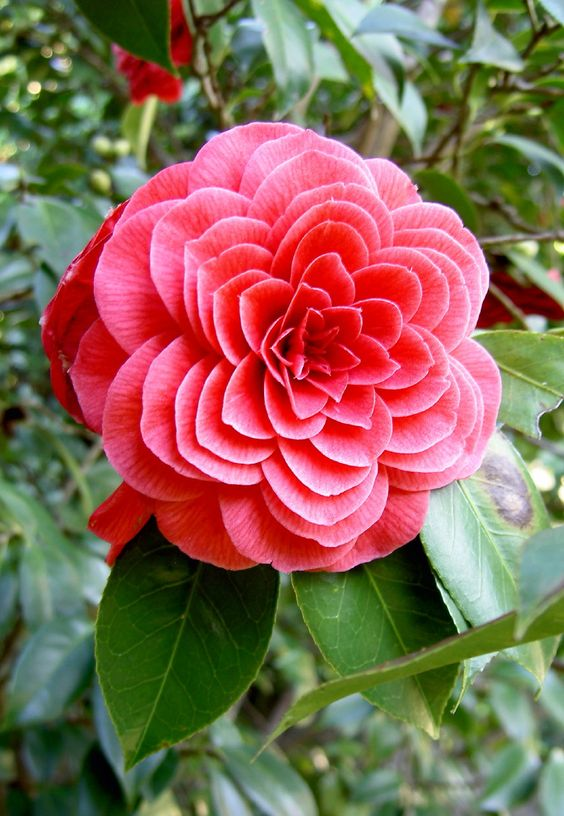
Source: Pinterest
To care for Camellia flowers, follow these steps:
- Provide well-draining, acidic soil
- Place in partial to full shade
- Water regularly to keep the soil moist but not waterlogged
- Fertilise with acidic fertiliser in spring and mid-summer
- Prune after flowering to shape the plant and remove damaged/diseased branches
- Protect from harsh winds
- Provide adequate air circulation to prevent fungal diseases
- With proper care, Camellias can bloom for several weeks, adding beauty to your garden.
Camellia flower: Uses
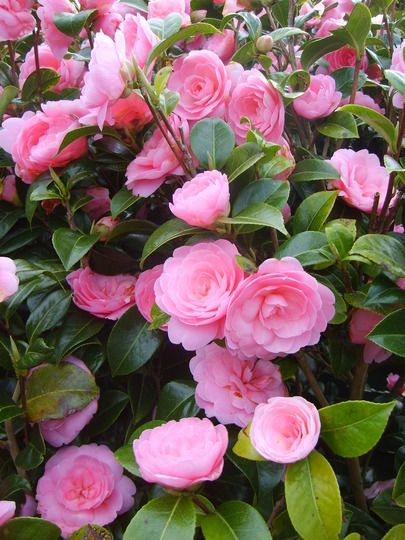
Source: Pinterest
Camellia flowers have several uses, including:
- Ornamental: Camellia is prized for its stunning, showy blooms that come in a range of colours, from white to pink to red. It is often grown in gardens for its beauty.
- Tea production: Camellia sinensis, the tea plant, is the source of all tea, including green, black, and oolong teas. The leaves are harvested and processed to produce tea.
- Oil production: Camellia oil is cold-pressed from the seeds of the Camellia oleifera plant. It is commonly used in cooking and as a cosmetic ingredient.
- Medicinal uses: Camellia has been used in conventional medicine to treat a variety of conditions, such as digestive problems, skin irritations, and colds.
- Bonsai: Camellia is also popularly used in the creation of bonsai, the ancient art of growing miniature trees.
Camellia flower: Toxicity
Camellia flowers are not toxic to humans. However, the seeds and leaves of some species of Camellia, such as Camellia sinensis, contain small amounts of caffeine and theobromine, which can be toxic if consumed in large quantities. It is best to keep all parts of Camellia plants away from pets and children, as ingestion can cause digestive upset.
FAQs
What is the best location to plant Camellia flowers?
Camellia flowers prefer partial to full shade and well-draining, acidic soil. They do not tolerate direct sunlight or heavy clay soil.
How often should I water my Camellia plant?
It's vital to keep the soil consistently moist but not waterlogged. Water your Camellia plant regularly, especially during periods of drought or high heat.
When is the best time to prune my Camellia plant?
It's best to prune your Camellia plant after it has finished flowering. This allows you to remove any damaged or diseased branches and shape the plant, while avoiding cutting away any developing flower buds.
| Got any questions or point of view on our article? We would love to hear from you.
Write to our Editor-in-Chief Jhumur Ghosh at jhumur.ghosh1@housing.com |
Housing News Desk is the news desk of leading online real estate portal, Housing.com. Housing News Desk focuses on a variety of topics such as real estate laws, taxes, current news, property trends, home loans, rentals, décor, green homes, home improvement, etc. The main objective of the news desk, is to cover the real estate sector from the perspective of providing information that is useful to the end-user.
Facebook: https://www.facebook.com/housing.com/
Twitter: https://twitter.com/Housing
Email: editor@housing.com




